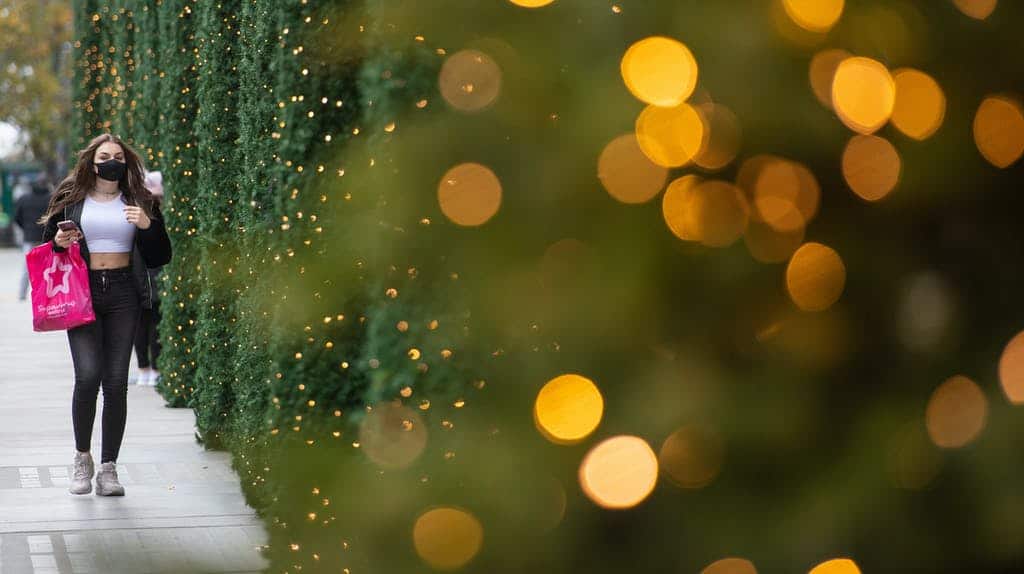
Each day of greater freedom around Christmas could require an extra five days of coronavirus restrictions, scientists have said.
It has been reported households could be allowed to mix indoors for a five-day period starting on Christmas Eve – meaning a potential 25-day period of tighter measures into January if such advice was implemented.
The public will need to make “every effort” to keep coronavirus cases low in December in order to gather during the festive season, a Public Health England (PHE) director said.
Dr Susan Hopkins, a senior medical adviser to the Government’s Covid-19 response, suggested tougher restrictions could be needed either side of Christmas if curbs are to be eased for a time.
She told a Downing Street briefing: “We are very keen that we have a Christmas as close to normal as possible.
“That requires all of us to make every effort over this national restriction period and even in early December to get the cases as low as possible and to reduce the risk of transmission within households and between families.
“A final decision will rest with the Government and we look forward to hearing what those plans are.”
At the briefing, she said scientists had suggested that one day of greater freedom required two days of restrictions, but PHE later said Dr Hopkins “misspoke” and that the Sage (Scientific Advisory Group for Emergencies) advice had referred to modelling indicating that for every one day of relaxation, five days of tighter restrictions could be needed.
Dr Hopkins told the briefing: “So coming into Christmas, we need to be very careful about the number of contacts we have to reduce transmission before Christmas and get our cases as low as possible.
“Hopefully the Government will make the decision that will allow us to have some mixing… and once we have got past the Christmas period, if there has been some release and some socialisation, we will all have to be very responsible and reduce those contacts again.”
It comes as ministers work out what new tiers should replace the previous system once England emerges from the current lockdown on December 2.
Scientists including Dr Hopkins have said the previous Tier 1 had very little effect on reducing coronavirus cases, with the highest impact found from enhanced restrictions in Tier 3 areas.
Deputy chief scientific adviser Dame Angela McLean told Wednesday’s briefing that Sage had been examining a potential relaxation of measures over Christmas.
She said: “We did send some advice in over the weekend, but we genuinely don’t know what decisions have been made.”
Asked whether household mixing could be allowed if there were other trade-offs, Dame Angela said: “What’s really important is we go into a festive week, when we want to mix with our friends and our family, with the number of infections in the community as low as possible.”
She said the number of people testing positive for coronavirus in the community had risen steeply in September and October but had now slowed down.
Some areas with high levels of infection had already started to see a drop before the lockdown was brought in on November 5, she added.
The latest reproduction rate – the R value – of the virus is still above one, according to most recent estimates, meaning the disease is still spreading.
Dame Angela said it would not be a problem for easing England’s lockdown if the R rate remained above one next week, due to the lag in calculating the value.
Related: Britain will be faced with a third spike if we opt for a flip-flop Xmas